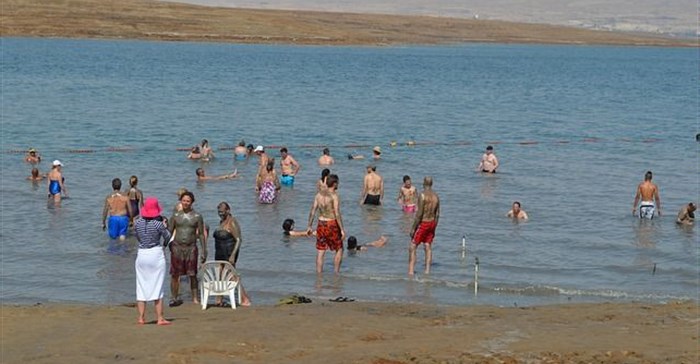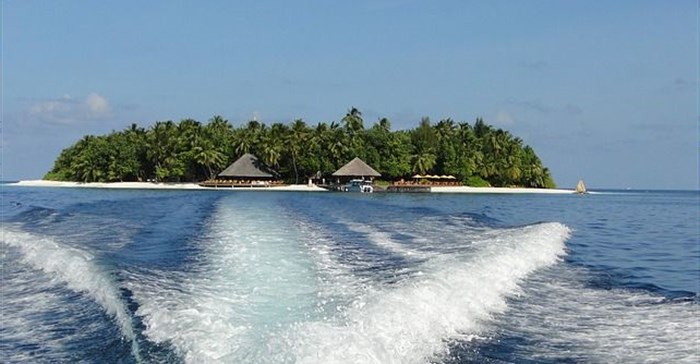For those wanting to flex their eco-friendly muscles, global travel search platform, Cheapflights has shared their tips for traveling with less impact, and where to go before it is gone.
“Our data shows a growing long term trend of searches for travel to destinations that are under threat from increasing climate change pressure. This is likely driven by millennials and other generational groups that place an importance in experience-driven travel, and who have a desire and a sense of urgency to visit vulnerable destinations before they are irrevocably changed, explained Andrew Shelton, managing director of Cheapflights.
He shares the top five vanishing destinations to visit before it’s too late:
The jewel of North-Eastern Australia, the Great Barrier Reef, is the largest living thing on earth – visible even from space. Due to rising sea temperatures and ocean acidification due to the uptake of carbon dioxide (CO2) from the atmosphere, the tiny algae that live in the reef, are stopping production of carbohydrates - instead producing toxic waste which causes the coral to expel the algae. The coral then turns white – a process referred to as bleaching. Estimates indicate that about 93% of the Great Barrier Reef has been affected by this epidemic. Some have predicted the Reef’s extinction to occur as soon as 2050.

Almost ten times as salty as the world’s oceans, the Dead Sea has long been a tourist attraction which many believe has healing properties. What tourists may not realise is that the Dead Sea is losing about 7.5b litres of water per year due to mining operations and the diversion of water from the Jordan River, the Dead Sea’s main source.

Known for its extensive reefs, blue lagoons, and pristine beaches, the Maldives is in danger of disappearing into the ocean like the fabled city of Atlantis. At an average elevation of 1.5m above sea level, the Maldives is particularly susceptible to rises in ocean levels and could be completely submerged within the next 100 years, if water levels continue to swell.

The city of a thousand gondolas, Venice, is actually made up of over 100 small islands in a lagoon on the Adriatic Sea. It is a well-known fact that the city has been slowly sinking for centuries, but like the Maldives, rising sea levels threaten this beautiful city. Scientists have measured Venice’s descent and say that it is naturally sinking between 2mm and 10mm per year and that the Adriatic Sea is rising by about 1mm simultaneously. These factors contribute to increasing flooding, which happens during high tide about four times per year.

Representing one of the last wild spaces in Europe, the Alps are towering natural wonders, appreciated both for the skiing as well as the scenery. Over the past few years, however, the Alps have steadily been splitting into two contrasting climatic zones: precipitation has been decreasing in the southeast region, while snowfall in the northwest ranges have increased by roughly 10%, where mudslides and flooding are becoming common threats. These changing weather patterns, shrinking glaciers, and rising temperatures will affect the mountains, but also the communities who rely on their resources.
The climate change threatening these beautiful places moves incrementally, so there is still time to visit them, and possibly, by supporting ecotourism practices, there is a chance of helping to maintain them for future generations.

Across all age groups, a preference for ecotourism (or “green travel”) is growing. “We see that more and more of our customers are concerned about not just the impact of their travel to the destination, but also once they get there. It’s more than not changing your hotel towel every day. Many travellers now base their decision on where to stay based on the hotel or resort's environmental responsibilities,” continued Shelton.
He shares his top three tips on how eco-tourists can do their bit to decrease the impact on the environment:
1. Travel light: Not only will you save on baggage fees, but lighter luggage also increases the plane’s fuel-efficiency.
2. Conserve where possible: Due to the severe drought, South Africans are currently very aware of how much water gets wasted on a daily basis, but the water conservation habits learned now are applicable everywhere – especially in ecologically sensitive environments. Every drop counts - don’t run the tap while shaving, re-use towels for multiple days and ask room service not to clean the room.
3. Buy local: Doing so supports the local community and reduces the carbon footprint as goods were grown/manufactured in the area.